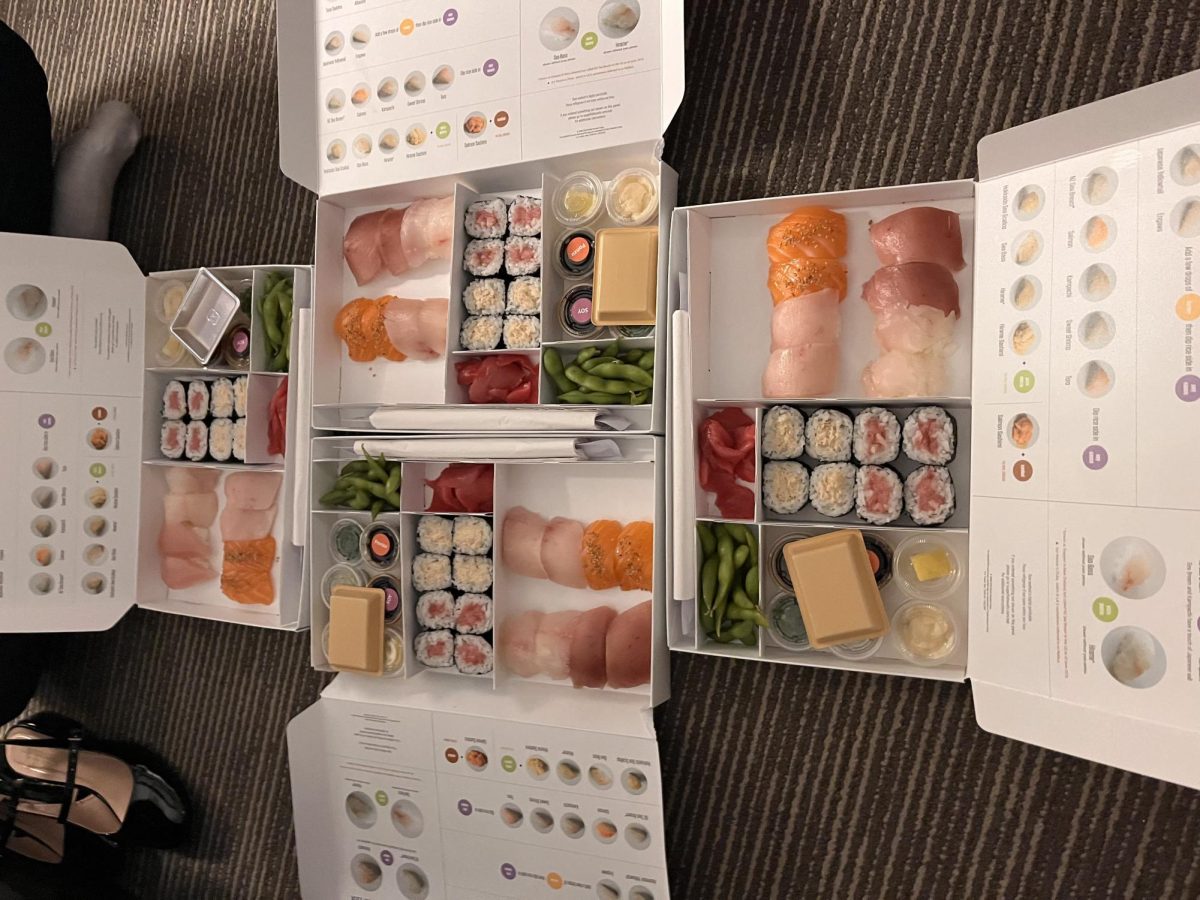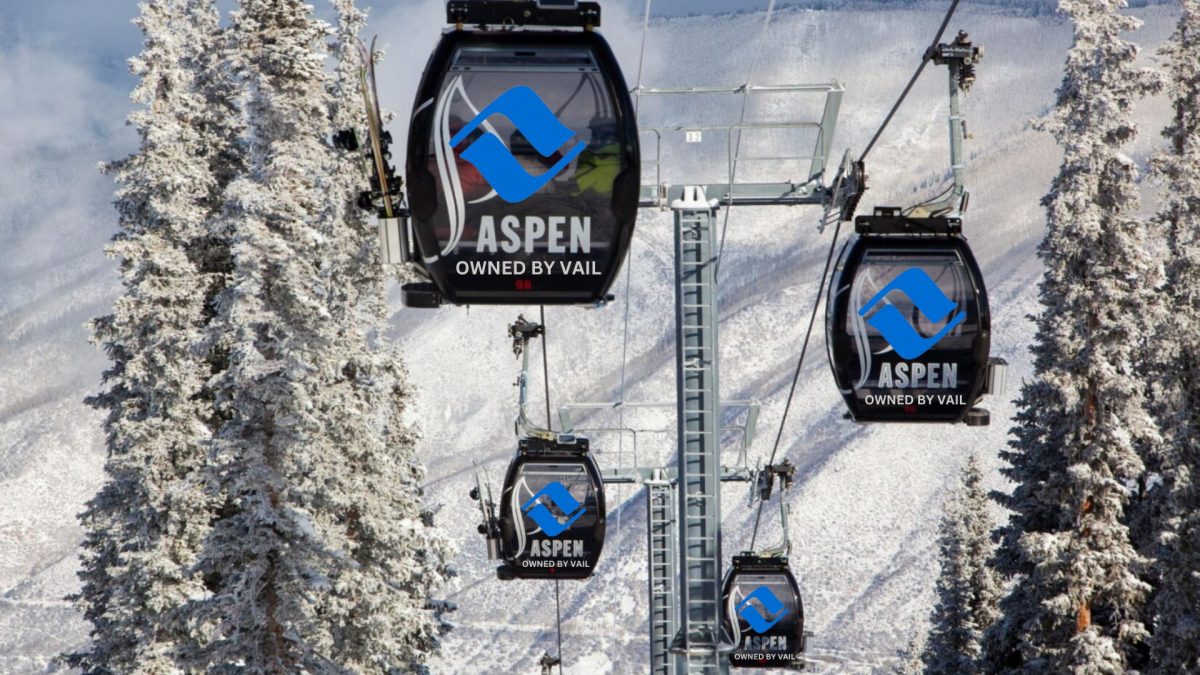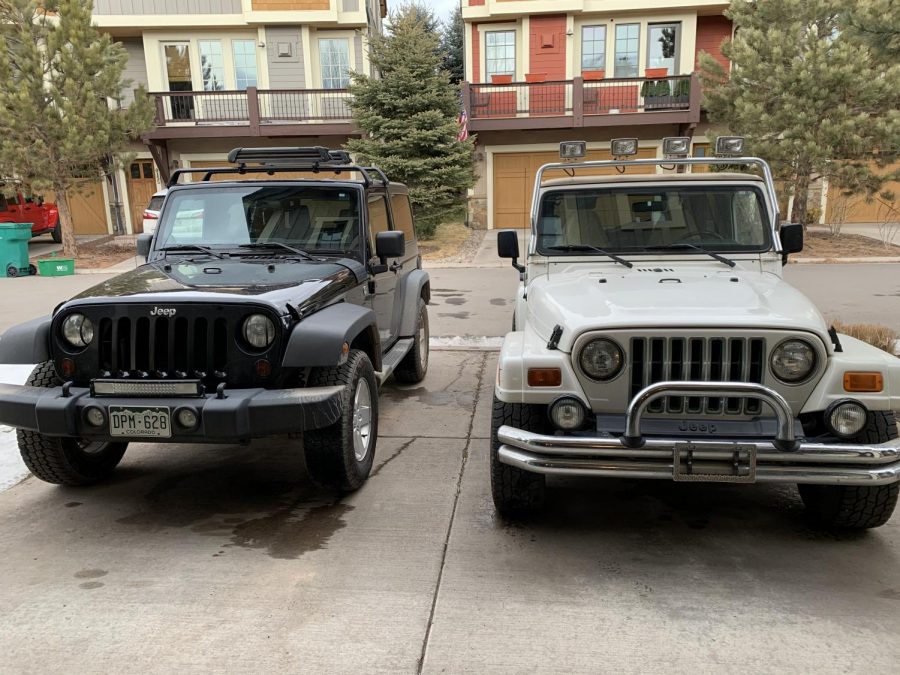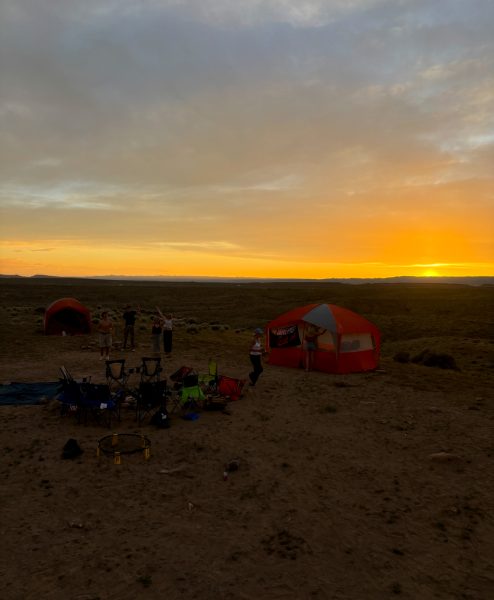In today’s society of automatics, some still gear towards a car’s core
Two manual transmission (also known as stick shift) Jeeps that are driven today
Within the last 10 years, the number of new cars offered in the US with a manual transmission has down-shifted by 50 percent. This 2020 statistic by Edmunds suggests a dismal reality – that stick shift cars are creeping towards extinction.
Just eight years after Karl Benz invented the first automobile in 1886, the era of manual transmissions was born. For almost a century, manual cars were the standard of the driving realm – that is until the late 1980s, and automatic transmissions drove right over the popularity of manual cars.
It wasn’t until the 1970s and 1980s that automatic cars were deemed as a luxury feature, creating ease for drivers by eliminating the need to shift gears. Although automatic transmissions were invented in 1948, they were initially criticized for their inability to shift as efficiently as manual cars. Now, with newer and more precise automatic transmissions, autos are now preferred in the US, with 96 percent of Americans driving them.
Dominick Gomez, a senior at Basalt high school, is among the 96 percent of Americans that drive automatics. Gomez recognizes the benefits that an automatic car might have over a manual with today’s modern technology.
“I like going quick. Computers are unbeatable, and now manuals are not really as efficient. I can go from zero [miles per hour] to 60 like that, and a manual can’t compare,” Gomez said.
Although modern technology makes manuals sparsely driven and less efficient in gear shifting, there are still those who choose to drive manual transmissions. Dave Fuentes, AHS softball coach, has driven a manual for most of his life and continues to drive manual shift cars.
“I learned in my buddy’s car in high school and my first car was a Toyota Tercel with a five-speed. I have always owned at least one car with a manual for most of my life. I like the control the manual gives me,” Fuentes said.
Teenagers that drive manual transmissions are even rarer than adults. According to U.S News and World Report, less than 18 percent of teens drive manuals in the US. However, there are teens that choose the route of manual shift cars today.
Brennon Reed, a junior at AHS and Staff Writer for The Skier Scribbler, enjoys driving his manual car and recognizes the benefits only a manual might offer.
“It’s more interactive. I think it represents the core of driving a car because you are really driving when you drive a manual. You aren’t just sitting there,” Reed said.
Those who still prefer manuals on roads populated with automatics experience something that drives them to stick with manuals: interaction with the core fundamentals of a car. A manual driver controls their own gear shifting and engages with the core of the car, bringing back the era of Karl Benz in a society of Elon Musk.
“I think that [manual driving is] an important thing to keep. In my opinion, if you are offroading it’s easier to go in lower gears, and I just think it’s an important thing for people to learn,” Reed said.

Hannah Smith is a senior at AHS and an Editor-In-Chief of the Skier Scribbler. This is her third year writing for the paper. In her free time, Hannah loves...



























